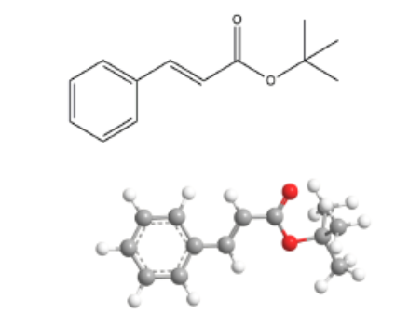


Indian Journal of Science and Technology
Year: 2023, Volume: 16, Issue: 16, Pages: 1178-1186
Original Article
Dinakaran Vasumathi1, Swaminathan Senguttuvan2*
1Department of Chemistry, Vivekananda College of Arts and Science for Women, Sirkali, (Affiliated to Bharathidasan University, Thiruchirappalli - 24), 609110, Tamilnadu, India
2PG and Research, Department of Chemistry, Thiru.Vi. Ka. Government Arts College,
Thiruvarur (Affiliated to Bharathidasan University, Thiruchirappalli - 24), Tamilnadu, 609110, India
*Corresponding Author
Email: [email protected]
Received Date:12 February 2023, Accepted Date:15 March 2023, Published Date:21 April 2023
Objectives: To determine the phytochemical screening and major phytocompounds from Indigofera tinctoria leaf methanol extract as well as ovicidal and larvicidal toxicity towards medical and agronomic pests, Aedes aegypti, Culex quinquefasciatus, Spodoptera litura and Helicoverpa armigera. Methods: In this study, the phytochemical screening was done by prescribed method, finding of phyto-constituents were made by GC-MS analysis, ovicidal and larvicidal toxicity of selected pests were recorded after 24 hrs. post treatment at various concentrations. The mortality was assessed by using probit analysis to calculate LC50/LC90. Findings: By the phytochemical screening, the more numbers of phytochemicals were obtained from methanol extract as well as GC-MS analysis displayed sum of 10 phyto-compounds gained 100% besides two phyto-compounds were major constituents Heptasiloxane, hexadecamethyl- and 1,1-Dimethylethyl 3-Phenyl-2-Propenoate. The phytoproducts of I. tinctoria were produced maximum eggs toxicity around 100% at higher concentration. Similarly, I. tinctoria leaf methanol extract borne major phyto-compounds major constituents Heptasiloxane, hexadecamethyland 1,1-Dimethylethyl 3-Phenyl-2-Propenoate were tested 3rd instar larvae of selected medicinal and agronomic pests with their LC50/ LC90 value were 10.93/18.65 mg/ml, 10.87/18.77 mg/ml, 15.29/27.17 mg/ml, 16.84/29.41mg/ml and 11.16/19.38 mg/ml, 10.43/18.51 mg/ml, 14.57/26.58 mg/ml and 15.61/28.63 mg/ml were recorded on various pests of Ae. aegypti, Cx. quinquefasciatus and S. litura and H. armigera, respectively. Novelty: The statistical analysis of the data clearly indicates that phyto-compounds of I. tinctoria induced outstanding larvallethality were observed on selected pests. Particularly, the identified phytocompounds showed multifold toxicity against the selected pests.
Keywords: Indigofera tinctoria; Phytocompound; Targetfauna; Ecosafety; Pesttoxicity
© 2023 Vasumathi & Senguttuvan. This is an open-access article distributed under the terms of the Creative Commons Attribution License, which permits unrestricted use, distribution, and reproduction in any medium, provided the original author and source are credited. Published By Indian Society for Education and Environment (iSee)
Subscribe now for latest articles and news.